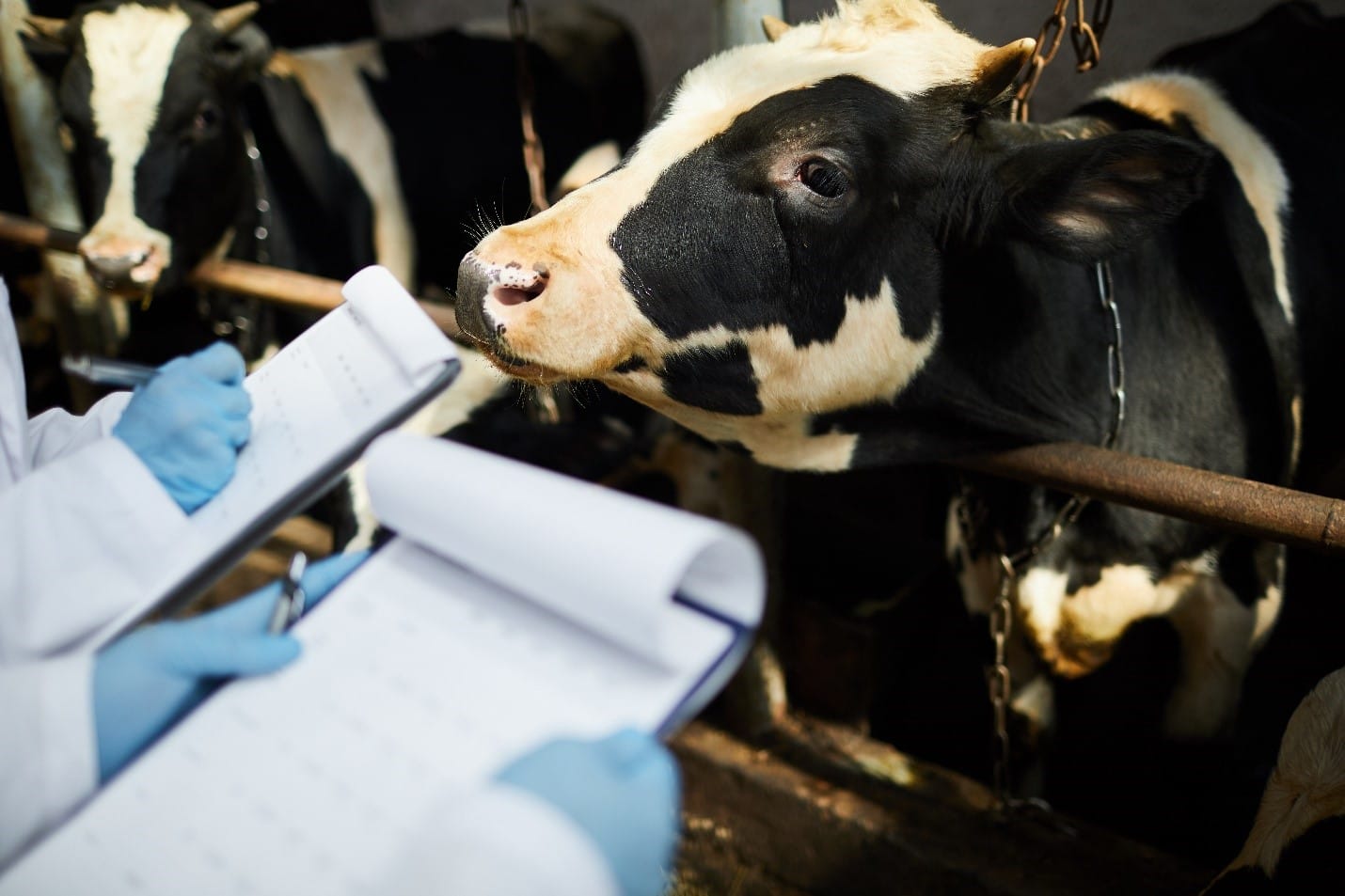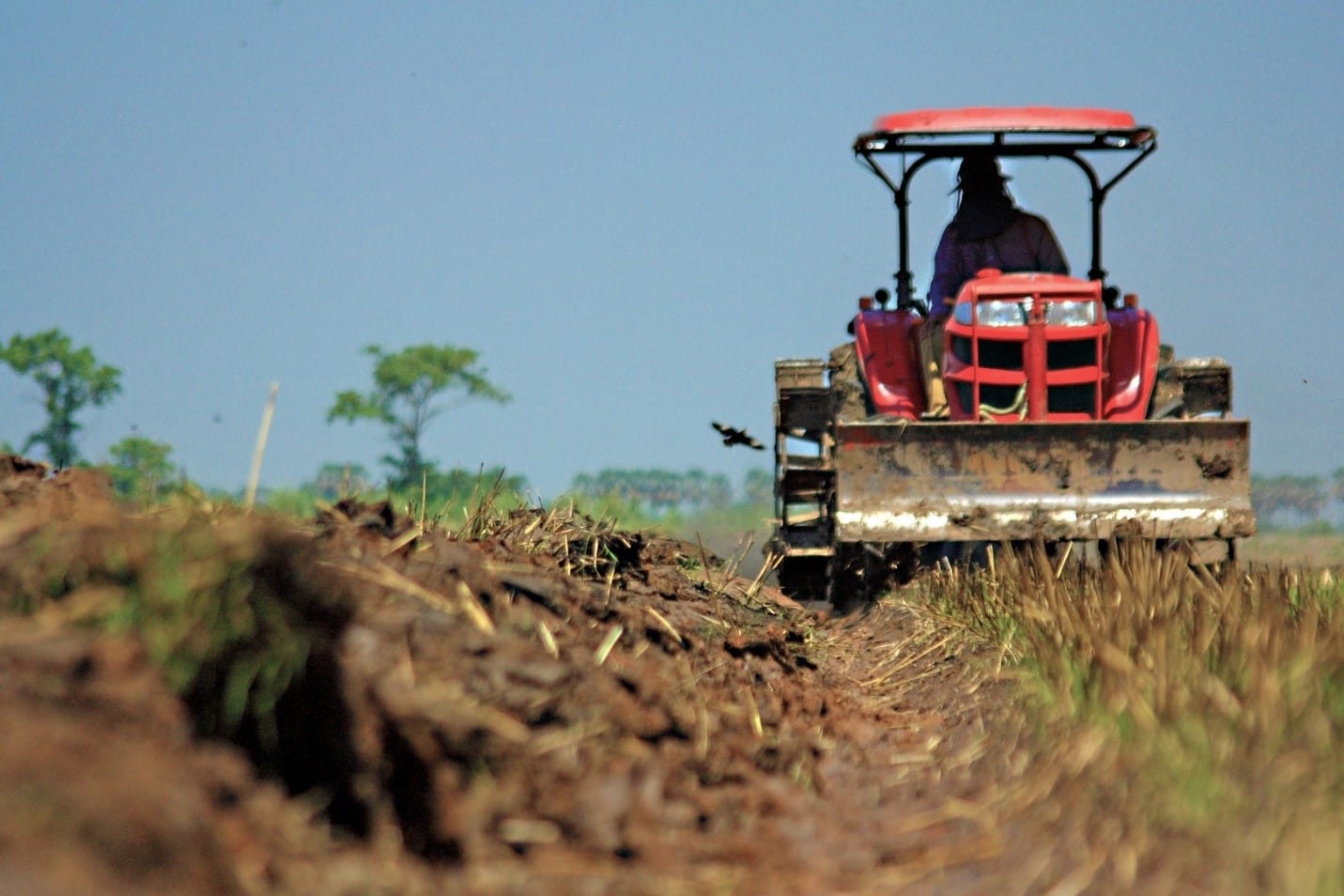Article Summary:
Diseases can spread in different ways. They can spread from an animal that’s infected to a susceptible animal, or via contact with contaminated objects, equipment, insects, or people. Biosecurity measures help in preventing infectious diseases from sneaking their way into a herd. By implementing standard procedures and keeping their animals safe, farmers like you can safely prevent disease outbreaks from happening in their farms. In this article, we’re going to discuss all the standard biosecurity practices you should be following on your farm.
We’ve all seen these cool, cutting-edge spy films where the nation is at risk of a biosecurity threat.
But as you know, biosecurity threats are a real issue on dairy farms too. In this article, we’re going to discuss the standard biosecurity practices you should be following on your farm!
First things first.
Biosecurity measures help in preventing infectious diseases from sneaking their way into a herd. By implementing standard procedures and keeping their animals safe, farmers like you can safely prevent disease outbreaks from happening in their farms.
How do diseases spread?
Diseases can spread in different ways. They can spread from an animal that’s infected to a susceptible animal, or via contact with contaminated objects, equipment, insects, or people.

Pathogens can affect cows in five primary ways:
- Inhalation: Here, pathogens are carried through the air in tiny droplets either via sneezes or coughs.
- Oral: Animals come into contact with dangerous pathogens while licking or chewing contaminated objects. These pathogens could also be present in food or water.
- Skin: Pathogens can enter through even tiny breaks in the skin.
- Reproductive: Here, the disease is spread during the process of mating or the fetus could be infected in utero.
- Blood: When the animal is bitten by an insect that is infected. They could also be infected via equipment that is contaminated like a needle, nose tongs, dehorner, or a balling gun.
Immunity:
The ability of the cattle to resist disease is directly proportional to the efficiency of their immune system. The main role of the immune system is to prevent microbes from invading the body, eliminate infection and restore tissues to normal function.
In dairy cows, the immune system is a network of physical, cellular and soluble factors that come together to provide a strong defense against all sorts of challenges that these pesky microbes come up with.
Vaccinations:
Vaccinations help prevent diseases in livestock but they aren’t 100% effective. Vaccines provide the body with antibodies to combat certain pathogens so that if the cow is exposed to the disease, the body will be able to produce more antibodies to fight the disease.
Make sure that you and your vet are on top of your vaccination plan and get your cows vaccinated as per the schedule.

General dairy practices
Here are some general and popular dairy practices that you can follow, or follow up on:
- Identify the diseases that are the biggest risk to your farm
- Determine the cost-benefit ratio of biosecurity
- Zero in on how transmission or introduction of diseases could occur on the premises
General animal practices
- Identify all the animals on your dairy
- Maintain stringent records on each animal – including vaccinations, calving, illnesses and treatments
- Keep a record of the success or failure of treatments given to the cows
- Review your vaccination and treatment plans
- Make sure that the nutrition provided to your cows is nothing short of stellar and comprises a power-packed pasture/ration
- Check feed for mycotoxins
- Make sure that feed or equipment is not contaminated with manure
- Don’t step in the feed bunks
- Make sure healthy and sick animals don’t mingle
- Always use separate equipment for manure and feed handling
- Have a vet examine all the dead animals
- Disinfect all reusable equipment
- A carcass disposal plan is a must to identify transportation route, burial sites, composting and incarcerating plans
General biosecurity practices
- Cordon off a special area where your visitors can enter and meet without coming into contact with the animals, any of the equipment, or the barns
- Keep feed away from visitors
- Keep people coming into the farm at a minimum and maintain a log book with details of everyone who enters the farm
- Oilfield, power, pipeline and seismic crew vehicles should be properly cleaned and disinfected before entering and leaving the property
- Visitors who come to your farm should jot down the details of animals they have come into contact with in the previous 48 hours
- Provide tire disinfectant baths or sprays for visiting vehicles
- Provide disposable boots or disinfectant footbaths for visitors at the entry
- Do not allow animal owners to have direct physical contact with your animals
Owner practices
There are some practices that you as an owner can follow to keep your animals safe and healthy. Here are the general ones:
- Always keep a clean pair of shoes to use on the premises. If you have to visit multiple spots, make sure you have different clean pairs for each spot or disinfect your shoes before going from one premise to another.
- Wash hands thoroughly with soap and water for 20 seconds or uses a 60% alcohol gel before you touch any animal
- Change your clothes and footwear before meeting the animals
- Spray tires with a disinfectant before re-entering the premises
- Clean and disinfect all feed delivery equipment between deliveries and farms
Transportation practices
- Use disinfectants to kill bacteria and viruses. Mix 1 part bleach to 10 parts water. Use a pump-up sprayer to apply disinfectant.
- Instruct your cleaning crews to wear clean, waterproof clothing and boots
- Sweep trailers thoroughly and make sure you get out all the loose dirt, dust bunnies, hay, grain, cobwebs, debris, etc.
- Scrape mid and manure from interiors and exteriors of vehicles
- Remove feeders, panels and cleaning equipment and clean thoroughly
- When washing the outside of the vehicles, wash from top and front. Working from top to bottom and front to back helps wash out pathogens from the vehicle.
- When washing the insides of the vehicles, start with the ceiling then work down the walls, to the floor. Begin at the front and work your way to the back.
- Leave disinfectants for at least 20 – 30 minutes to kill pathogens.

Biosecurity toolkit
Another important point to consider is that when purchasing stock, always ensure that you are given a properly completed National Cattle Health Declaration and National Vendor Declaration. These also come in handy while offering cattle for sale or during inter-state movement.
Unfortunately, you could follow all these measures stringently and disease could still happen on your farm. But don’t panic. Contact a veterinarian as soon as you possibly can and stop the movement of animals, people and milk on and off your premises.
The first 24 hours are extremely critical and crucial towards controlling the spread of the disease. You’d do good to prepare an emergency plan in advance which you could just seamlessly implement were such a situation ever to arise:
- Create a list of emergency contacts and post copies of this list near telephones and on bulletin boards. Make sure your employees punch in these critical numbers onto their cell phones.
- Vital information like maps of the premises, types of chemicals, their locations and number of animals must be kept readily accessible to first responders.
As signatories to the Commonwealth Emergency Animal Disease Response Agreement or EADRA, dairy farmers are required by law to make the right plans and implement the right actions to do their best to prevent pests and disease outbreaks from spreading from farm to farm.
Every dairy farmer must have an updated biosecurity plan and communicate vital information to both staff and visitors to keep risks in check.
Have a question about implementing biosecurity practices on your dairy farm? Leave it as a comment below, and we’ll answer it for you.
That brings us to the end of this article. If you found this useful, you might also like our other biosecurity articles.
Until, we meet again, happy farming!
- The Dedicated Team of Pasture.io, 2021-06-17